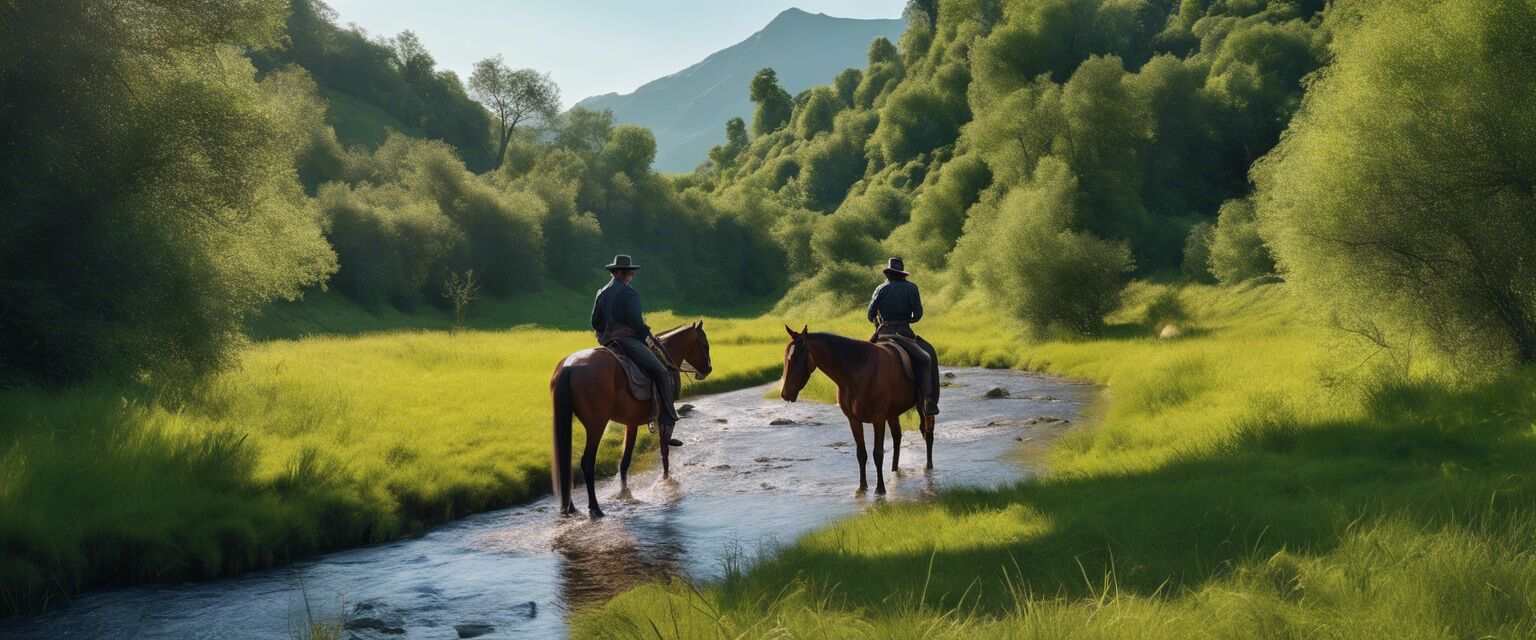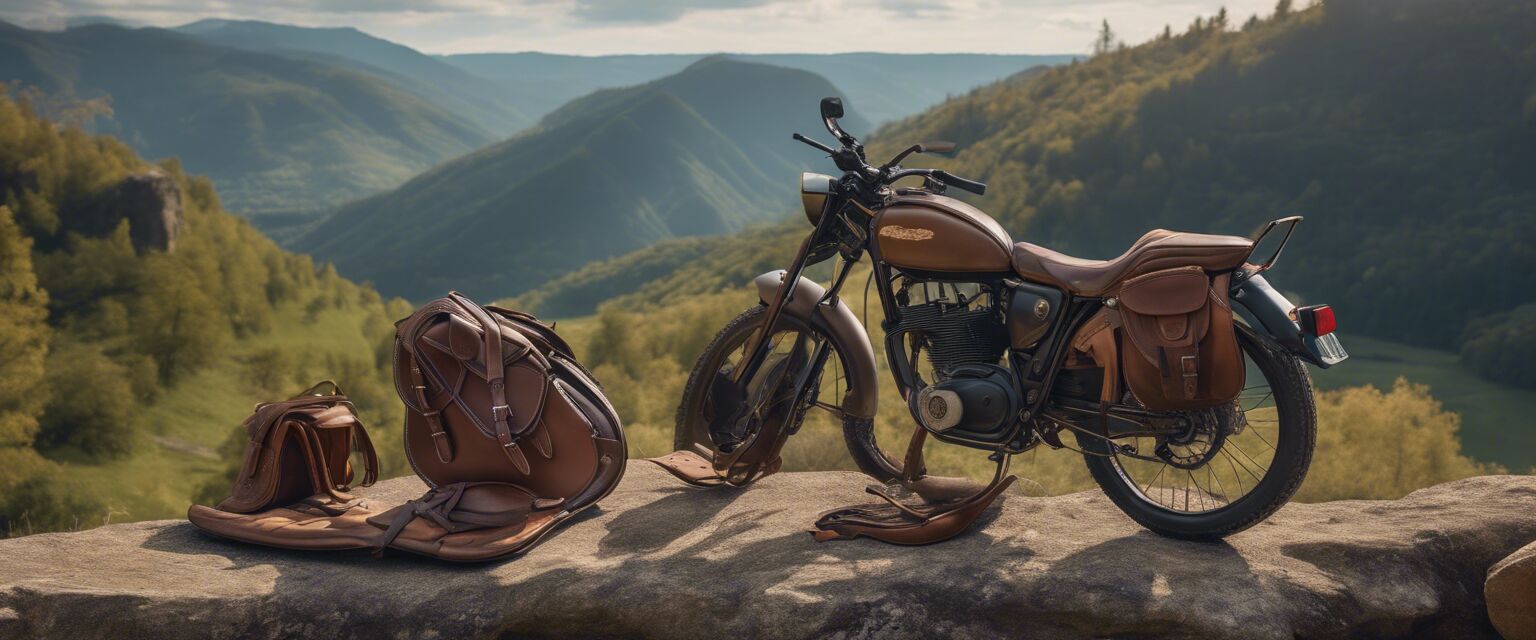
Trail Riding in Different Terrains
Key Takeaways
- Select appropriate gear based on terrain: mountains, forests, deserts.
- Understand the unique challenges each terrain presents.
- Prioritize safety with high-quality equipment and preparation.
- Stay informed of local regulations and trail conditions.
Trail riding is a thrilling way to connect with nature and explore different landscapes on horseback. However, each terrain presents unique challenges and requires specific gear to ensure a safe and enjoyable experience. In this guide, we will explore the essentials for trail riding in various environments, including mountains, forests, and deserts.
Understanding Different Terrains
Before heading out on your next trail ride, itâs crucial to understand the characteristics of the terrain you will be navigating. Hereâs a breakdown of three popular trail riding terrains:
| Terrain | Characteristics | Challenges |
|---|---|---|
| Mountains | Steep inclines, rocky paths, and breathtaking views | Slippery surfaces, altitude changes, and unpredictable weather |
| Forests | Dense vegetation, shaded paths, and wildlife | Fallen branches, muddy trails, and limited visibility |
| Deserts | Open landscapes, sandy trails, and extreme temperatures | Dehydration, sun exposure, and limited shade |
Essential Gear for Trail Riding
Choosing the right gear is crucial for a successful trail riding experience. Hereâs a comprehensive list of items you should consider for each terrain:
Mountains
- Sturdy saddles for stability
- Horse boots to protect against rocky surfaces
- Bridles and bits for better control
- High-quality riding apparel for weather changes
- Saddle pads for comfort on uneven terrain
Forests
- Reflective gear for visibility
- Lightweight saddle pads to prevent overheating
- Horse care products to address injuries from branches
- Durable bridles for quick responses
- Trail riding accessories like GPS devices
Deserts
- Moisture-wicking saddle pads
- Horse boots designed for sandy terrain
- Lightweight riding apparel to combat heat
- Plenty of water supplies for both horse and rider
- Sun protection gear, such as hats and sunscreen
Preparing for a Trail Ride
Preparation is key to a successful and safe trail ride. Here are some tips to keep in mind:
Tips for Beginners
- Start with short rides to build confidence.
- Always ride with a partner in unfamiliar territories.
- Check the weather and trail conditions before heading out.
- Bring a first aid kit for both you and your horse.
- Know your horseâs limits and plan accordingly.
Safety Considerations
Safety should always be your top priority while trail riding. Here are some essential safety considerations:
- Wear a helmet and appropriate riding boots.
- Inspect your gear before each ride.
- Familiarize yourself with local laws and regulations.
- Inform someone about your trail route and estimated return time.
- Be mindful of wildlife and other riders.
Conclusion
Trail riding across different terrains can be an exhilarating experience. By understanding the unique characteristics of each terrain and preparing with the right gear, you can ensure a safe and enjoyable adventure. Whether you're riding through mountains, forests, or deserts, always prioritize safety and be prepared for the unexpected.
Pros
- Connect with nature and enjoy scenic views.
- Physical exercise for both rider and horse.
- Builds a strong bond between horse and rider.
- Exploration of diverse landscapes.
Cons
- Potential for injuries due to uneven terrain.
- Weather can impact riding conditions.
- Requires proper gear which can be costly.
- Wildlife encounters can pose risks.









